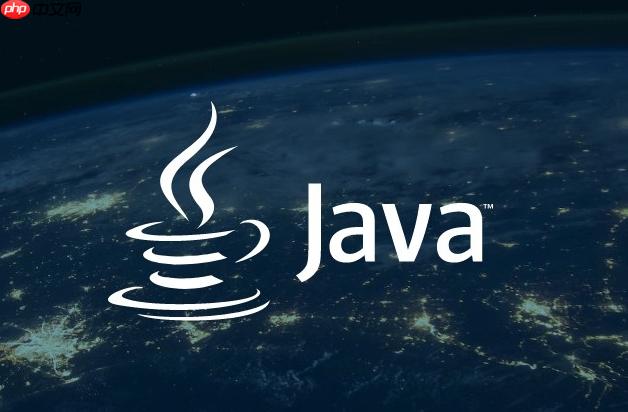finally块确保资源释放,无论异常是否发生;推荐使用try-with-resources自动管理资源,更简洁安全,老版本才用finally手动关闭。

在Java中,finally块是确保资源释放的重要机制之一。无论try块中的代码是否抛出异常,finally块中的代码都会执行,这使得它非常适合用于清理资源,比如关闭文件、数据库连接或网络套接字。
当程序进入try-catch结构时,即使发生异常并被catch捕获,或者没有被捕获而向上抛出,finally块中的代码依然会运行。这种特性保证了关键的清理逻辑不会被跳过。
例如,在读取文件时需要确保流被关闭:
FileInputStream fis = null;
try {
fis = new FileInputStream("data.txt");
int data = fis.read();
while (data != -1) {
System.out.print((char) data);
data = fis.read();
}
} catch (IOException e) {
System.err.println("IO异常:" + e.getMessage());
} finally {
if (fis != null) {
try {
fis.close();
} catch (IOException e) {
System.err.println("关闭流失败:" + e.getMessage());
}
}
}
虽然finally能保证执行,但在实际使用中仍需注意以下几点:
立即学习“Java免费学习笔记(深入)”;
从Java 7开始,推荐使用try-with-resources语句来自动管理实现了AutoCloseable接口的资源。
这种方式更简洁且不易出错:
try (FileInputStream fis = new FileInputStream("data.txt")) {
int data = fis.read();
while (data != -1) {
System.out.print((char) data);
data = fis.read();
}
} catch (IOException e) {
System.err.println("IO异常:" + e.getMessage());
}
// fis会自动关闭,无需手动写finally
对于多个资源,也可以在同一try中声明:
try (FileInputStream in = new FileInputStream("in.txt");
FileOutputStream out = new FileOutputStream("out.txt")) {
// 处理输入输出
}
基本上就这些。finally块确实能保证资源释放代码的执行,但现代Java开发更推荐使用try-with-resources,既安全又简洁。在不支持该语法的老版本环境中,正确使用finally仍是可靠的选择。
以上就是finally块保证资源释放在Java中使用的详细内容,更多请关注php中文网其它相关文章!

每个人都需要一台速度更快、更稳定的 PC。随着时间的推移,垃圾文件、旧注册表数据和不必要的后台进程会占用资源并降低性能。幸运的是,许多工具可以让 Windows 保持平稳运行。

Copyright 2014-2025 https://www.php.cn/ All Rights Reserved | php.cn | 湘ICP备2023035733号